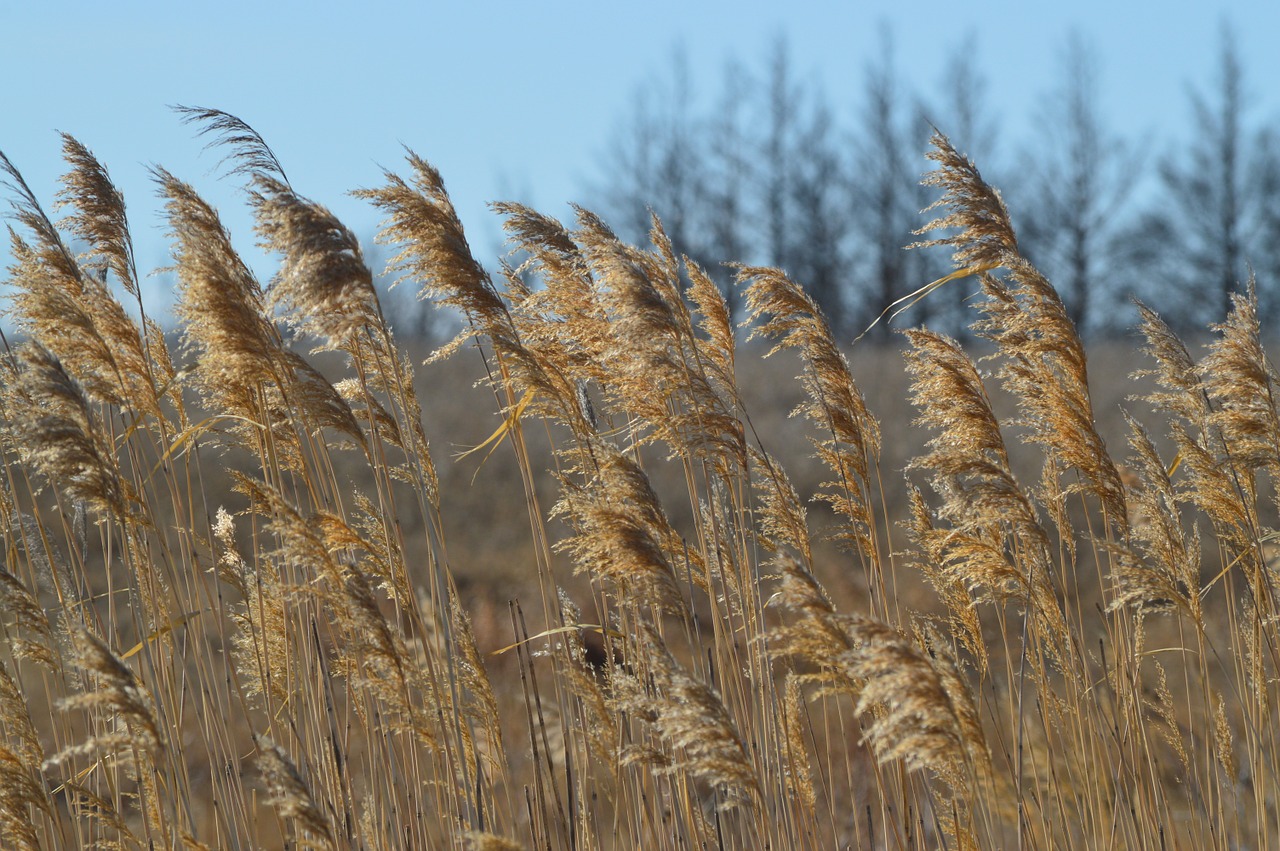Digging Deep Reveals the Intricate World of Roots
Author: Becky Harlan | Published: October 15, 2015
If you’ve ever driven past wild prairie grasses swaying in the Kansas breeze and felt a wave of appreciation for America’s heartland, you should know that those visible grasses are just the tip of the iceberg.
“We’re pretty blind to what’s going on beneath the soil,” says photographer Jim Richardson, who became well acquainted with the world of dirt while working on “Our Good Earth,” a 2008 National Geographic magazine story.
The bulk of a prairie grass plant, it turns out, exists out of sight, with anywhere from eight to fourteen feet of roots extending down into the earth. Why should we care? Besides being impressively large, these hidden root balls accomplish a lot—storing carbon, nourishing soil, increasing bioproductivity, and preventing erosion.
Unfortunately, these productive, perennial grasses (which live year round) are more rare than they once were.
“When [you] say the American Midwest is a breadbasket, essentially what you mean is that you have taken out the prairie grasses. You went out with Willa Cather and the plow that broke the plains, plowed up the grassland, and started planting annual grasses like wheat, sorghum, corn, any of the big grains that supply most of our calories,” says Richardson.
A challenge in raising the profile of this tallgrass ecosystem is that so much of it is underground and therefore difficult to visualize. Enter photography.

